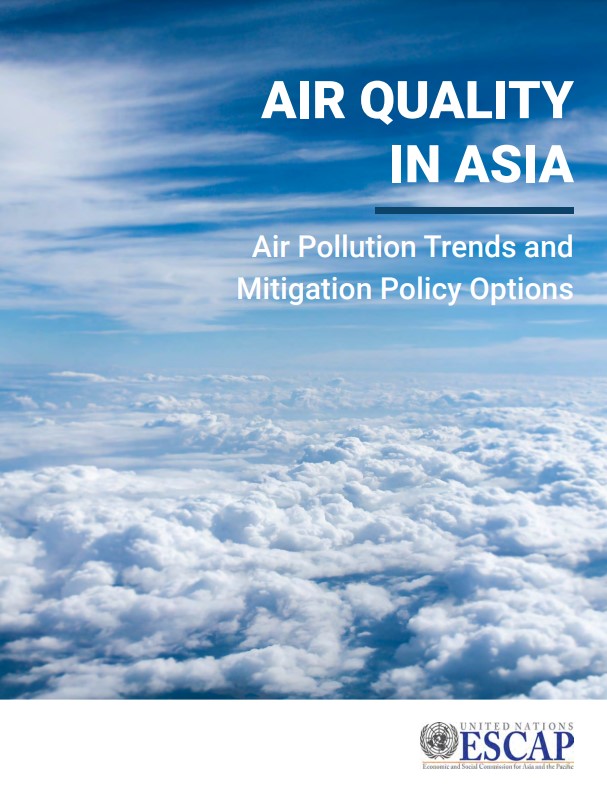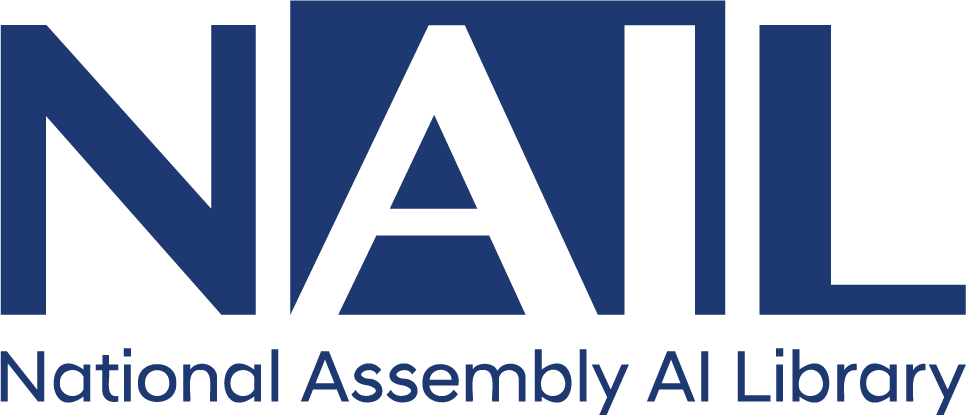
□ 급속한 인구 증가, 산업화 및 도시화 등의 영향으로 인해 아시아 전역에서 심각한 대기오염 문제가 발생하고 있음. 특히 화석 연료 소비, 산업 생산, 차량 운행, 비료 사용 확대로 인해 최근 수십 년 동안 대기오염 물질 배출량이 증가하고 있음. 보고서는 대기오염 관리 현황 및 대기질 모니터링 분석 결과를 제공하고, 대기오염 완화를 위한 권장 사항을 제시하고 있음
목차
1 Introduction
2 A Regional Picture of Particulate Air Pollution in Asia
2.1 Ambient Fine Particulate Matter (PM2.5) pollution
2.1.1 Health Effects of PM2.5 Exposure
2.1.2 PM2.5 Concentrations in Asia
2.2 Physicochemical Processing of PM2.5 in the Atmosphere
2.2.1 Local Dispersion
2.2.2 Long-range Transport & Transboundary Air Pollution
2.2.3 Atmospheric removal
2.2.4 Climate Change and Air Quality
2.3 Key Sources of PM2.5 Pollution
2.3.1 Regional overview of PM2.5 source
2.3.2 Sources of within-city PM2.5 pollution
2.4 Seasonal Variability
2.5 Recent Trends in Ambient PM2.5 Pollution
3 Measuring Progress of Air Pollution Mitigation Policies
3.1 Ground Based Air Pollution Monitoring
3.2 Low-cost Sensors
3.3 Remote Sensing
3.4 Computer Modelling and Machine Learning
3.5 Hybrid PM2.5 Data Products
4 Examples of Previously Implemented Air Pollution Mitigation Policies
5 Recommendations for Future Air Pollution Mitigations
5.1 Industrial Sector (including the power sector)
5.1.1 Large stationary combustion sources
5.1.2 Industrial volatile organic compounds
5.1.3 Brick kilns
5.2 Residential sector
5.2.1 Residential cooking and heating
5.2.2 Residential waste burning
5.3 Land transport sector
5.4 Agricultural sector (non-combustion activities)
5.5 Open biomass burning
5.5.1 Agricultural residue/waste burning
5.5.2 Deforestation & peatland fires
5.6 Shipping sector
5.7 Cross-sector air pollution mitigation
5.7.1 Decarbonisation and climate mitigation
5.7.2 Alternative diets and food waste reduction
5.7.3 Personal strategies to reduce PM2.5 exposure
5.8 Regional cooperation on air pollution mitigation
6 Summary and conclusions
7 References
해시태그
관련자료
AI 100자 요약·번역서비스
인공지능이 자동으로 요약·번역한 내용입니다.
Air Quality in Asia : Air Pollution Trends and Mitigation Policy Options
(아시아의 대기질 : 대기오염 동향 및 완화 정책 옵션)



